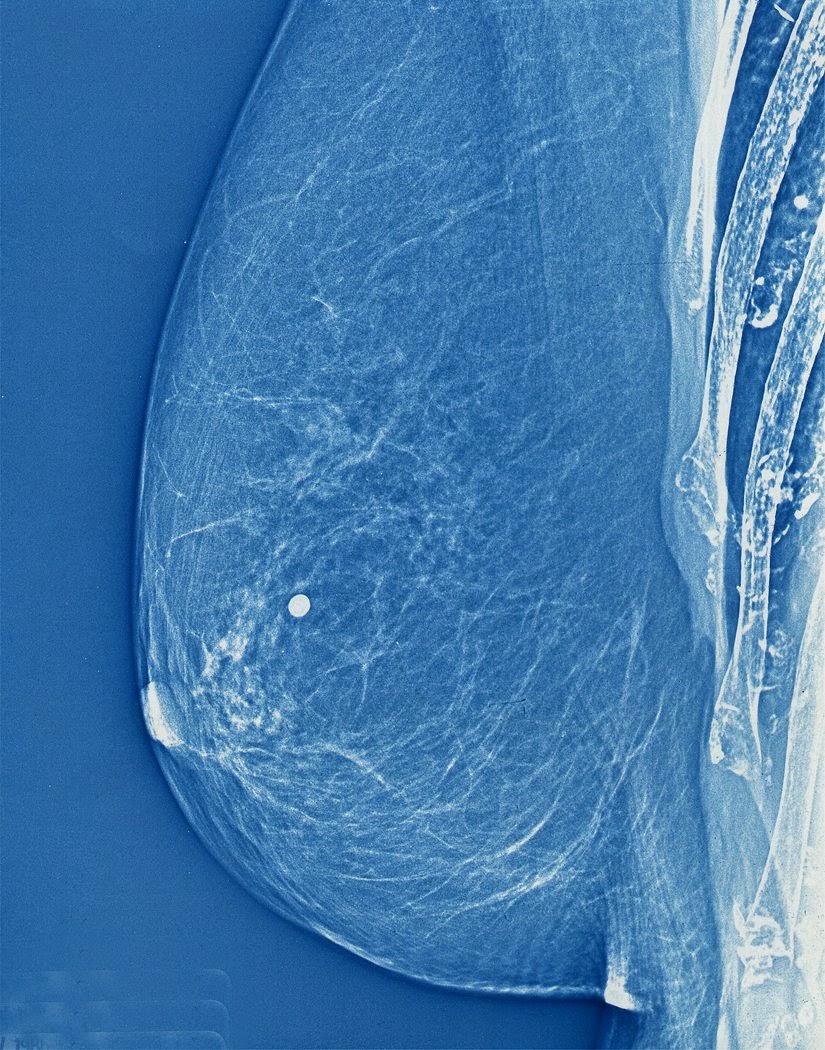No, I did not say “bodily functions”. That is discussed in another blog. We’re talking math today.
So, my son was doing his homework the other night and yelled out from his room:”Daaaadddyyyy!!! Do you know what a parabola is?” For those of you who do not have teenage children this is code for “can you help me with my homework”. After reliving a few high school memories that came along with the word “parabola” I wondered over to his room to see what the latest homework challenge was going to be…
When helping my kids with their homework, I often think of how important and still relevant some of the basic math is we learnt in high school. I would like to talk a little about basic functions and how they are still used well after you have handed in your last math homework assignment.
Many (most?) scientific laws are expressed as relations between two or more variables – often physical quantities. Next comes the chicken or the egg conundrum. Were the results from an experiment used to formulate “empirical laws” or did we use existing knowledge and math to come up with new theories – that we will invariably later have to test. Welcome to the world of research!
If two variables are related in such a way that one of them (the dependent or response variable) is determined when the other is known (the independent or explanatory variable), then there exists what is termed a functional relationship between the variables.
y = f(x)

For example the relationship of height to weight in humans. In general, the taller we are the heavier we get. This results in what is called a straight-line relationship.

But not all relationships are linear. How about if we were to throw a ball up into the air and measure it’s trajectory? It would look a little like the picture on the left.
Although initially the value of the height of the ball increases with time, there comes a point when the ball stops rising and starts to fall back down to earth. The resulting curve is called – you guessed it – a parabola.
The math functions for the parabola and that of the straight line are actually related. Yes, I am serious! They both belong to the family of math functions called polynomials. In my next posts I will talk a little about how we describe these functions and how we can put them to work for us in the world of medical research.
For now, decompress watching this hilarious movie trailer Biloxi Blues which is all about basic training (you can now relate) and…
… I’ll see you in the blogosphere,
Pascal Tyrrell



